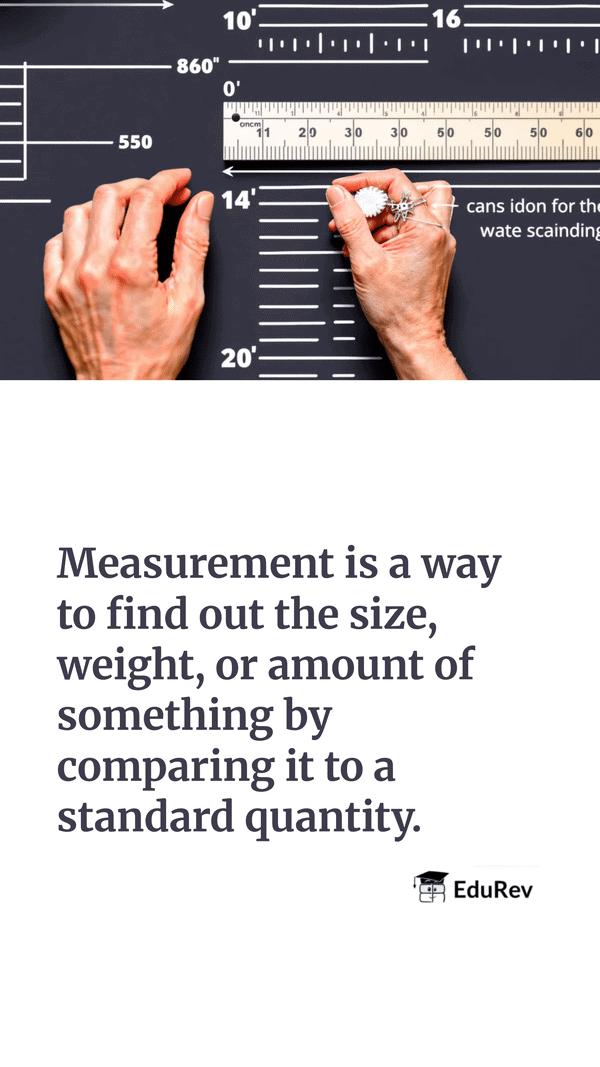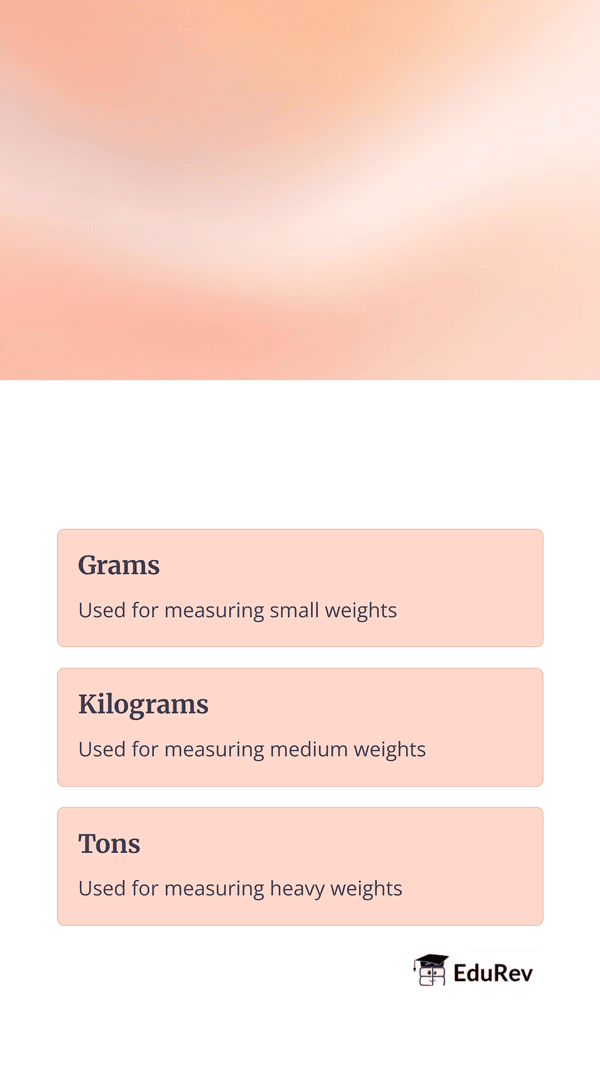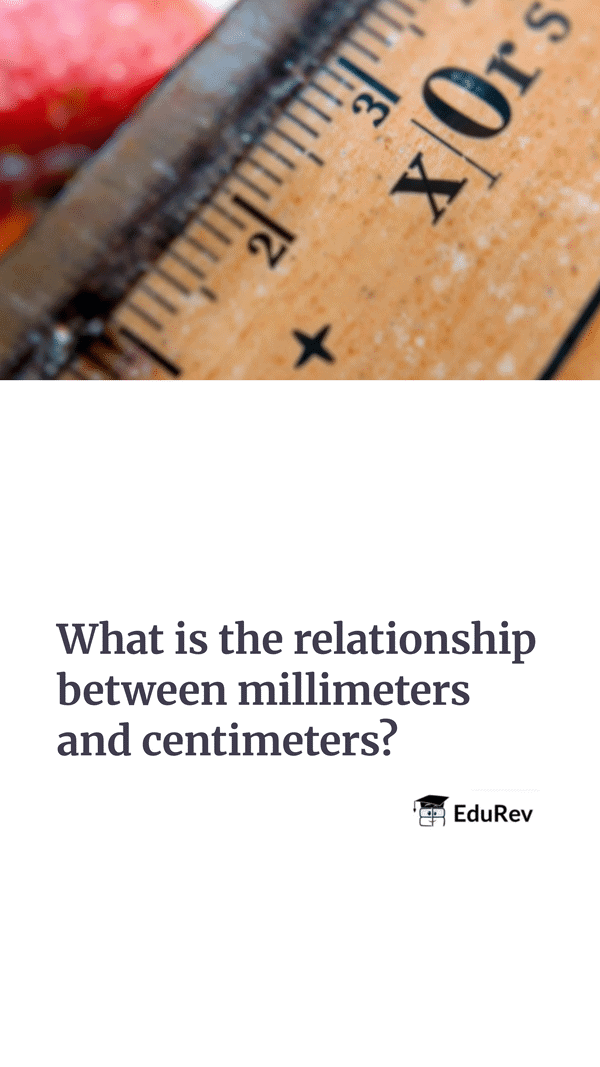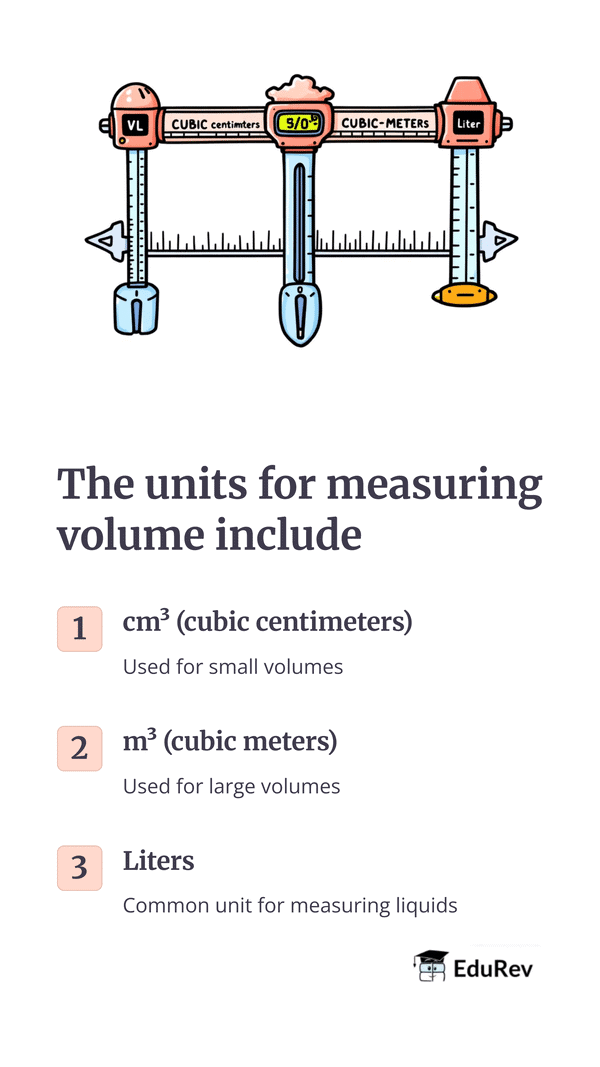 Unlock all Flashcards with EduRev Infinity Plan Starting from @ ₹99 only
|
Class 1 Exam > General Knowledge for Young Learners > Flashcards: Different types of Measures
|
52 videos|107 docs|40 tests
|
FAQs on Flashcards: Different types of Measures Flashcard - General Knowledge for Young Learners - Class 1
| 1. What are the different types of measures in statistics? |  |
Ans. In statistics, there are several types of measures, including measures of central tendency (mean, median, mode), measures of variability (range, variance, standard deviation), and measures of position (percentiles, quartiles). Each of these measures helps summarize and describe data in different ways.
| 2. How do measures of central tendency differ from measures of variability? |  |
Ans. Measures of central tendency provide a single value that represents the center of a data set, such as the mean, median, or mode. In contrast, measures of variability describe how spread out the values in a data set are, indicating the degree of dispersion or variation, with metrics like range, variance, and standard deviation.
| 3. Why are measures of position important in data analysis? |  |
Ans. Measures of position, such as percentiles and quartiles, are important because they provide insights into the relative standing of a particular value within a data set. They help identify how a specific data point compares to the overall distribution, allowing for better understanding of data that is not uniformly distributed.
| 4. What is the significance of using standard deviation as a measure of variability? |  |
Ans. Standard deviation is significant as it quantifies the amount of variation or dispersion in a set of values. A low standard deviation indicates that the values tend to be close to the mean, while a high standard deviation indicates that the values are spread out over a wider range. This helps in understanding the reliability and consistency of the data.
| 5. Can you explain the difference between population measures and sample measures? |  |
Ans. Population measures refer to metrics calculated using data from an entire population, while sample measures are calculated using data from a subset of that population. Population measures provide definitive values, whereas sample measures estimate population parameters and may be subject to sampling error.
Related Searches








































